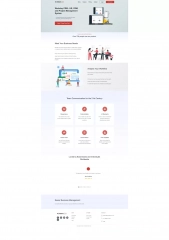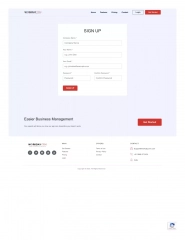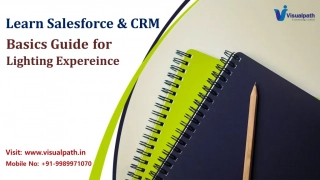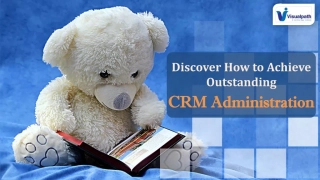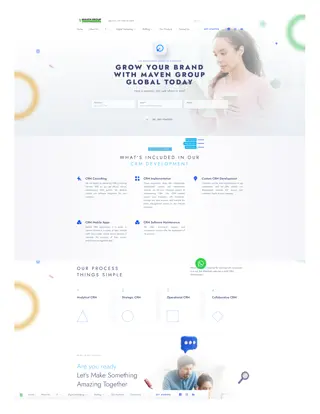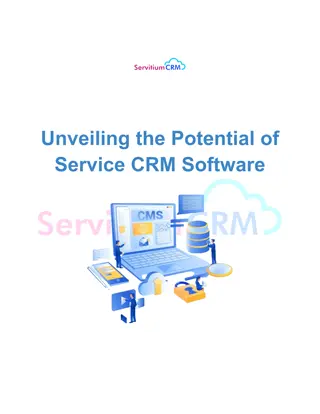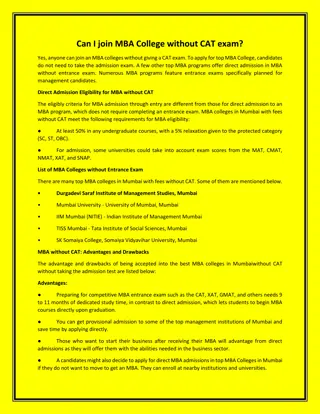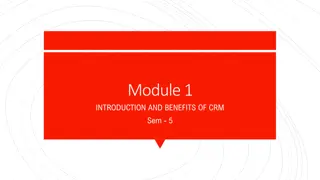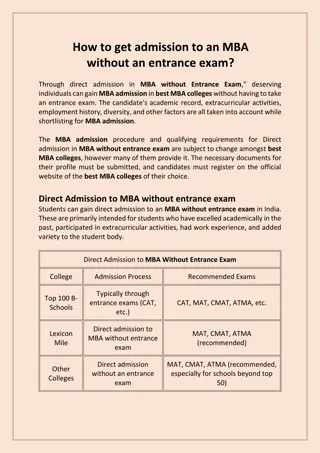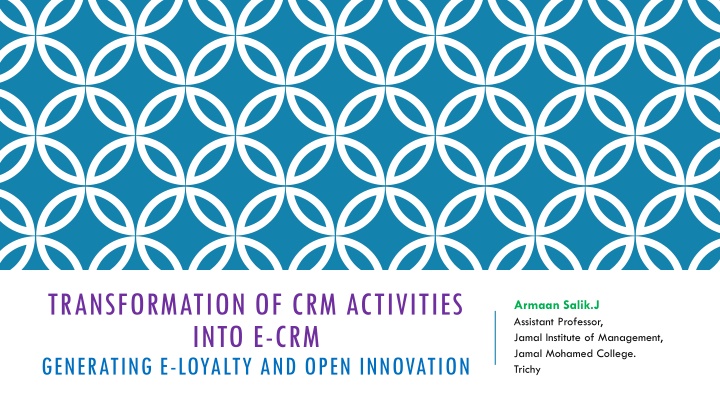
E-CRM for Enhanced Customer Loyalty and Open Innovation
Explore how the shift from traditional CRM to e-CRM can lead to e-loyalty and open innovation, addressing challenges in the digital consumer landscape. Discover the key characteristics, benefits, and factors influencing e-CRM value, along with the importance of e-service quality dimensions.
Download Presentation

Please find below an Image/Link to download the presentation.
The content on the website is provided AS IS for your information and personal use only. It may not be sold, licensed, or shared on other websites without obtaining consent from the author. If you encounter any issues during the download, it is possible that the publisher has removed the file from their server.
You are allowed to download the files provided on this website for personal or commercial use, subject to the condition that they are used lawfully. All files are the property of their respective owners.
The content on the website is provided AS IS for your information and personal use only. It may not be sold, licensed, or shared on other websites without obtaining consent from the author.
E N D
Presentation Transcript
TRANSFORMATION OF CRM ACTIVITIES INTO E-CRM GENERATING E-LOYALTY AND OPEN INNOVATION Armaan Salik.J Assistant Professor, Jamal Institute of Management, Jamal Mohamed College. Trichy
INTRODUCTION The digital era has revolutionized consumer behavior! With the surge in internet users and smartphone adoption, traditional commerce is being replaced by e-commerce platforms. Problem Statement: Traditional CRM strategies struggle to keep pace with digital consumer expectations. Companies need innovative solutions to retain customers and build loyalty in a competitive e-commerce landscape. Objective: This presentation explores how transitioning from CRM to e-CRM can generate e-loyalty and foster open innovation.
E-CRM OVERVIEW Definition: e-CRM, or Electronic Customer Relationship Management, refers to using digital platforms to manage and enhance customer relationships. Key Characteristics: Integration of customer data through digital tools. Creation of personalized experiences using technology. Benefits: Improved customer satisfaction. Cost savings through automation. Strengthened long-term relationships. Shift from CRM to e-CRM: A necessary adaptation to cater to tech-savvy, digitally engaged customers.
FACTORS INFLUENCING E-CRM VALUE Customization: Personalized content, advertisements, and recommendations. Tailored website layouts and features for individual preferences. Interactivity: Real-time responses to customer queries. Chatbots and live customer support. Care: Proactive identification of customer needs. Friendly and approachable digital interfaces. Convenience: User-friendly website and app interfaces. Streamlined checkout and payment processes. Rewards: Loyalty programs, discounts, and points systems. Incentives to encourage repeat purchases.
FACTORS INFLUENCING E-CRM VALUE Site Security: Robust measures to protect personal and payment data. Building trust through certifications and transparency. Cultivation: Engagement through notifications, newsletters, and promotions. Cross-selling and upselling strategies. Community: Forums and discussion platforms for shared experiences. Encouraging peer reviews and recommendations. Personalization Values: Tailored user profiles. AI-driven product suggestions and curated experiences. Choice: Extensive product and service options. Easy search and filtering features.
E-SERVICE QUALITY Definition: Excellence in customer service across electronic platforms (Rolland & Freeman, 2017). Five Dimensions (Kotler & Keller, 2016): Convenience of Use. Escape from Constraints. Customization Options. Responsiveness. Assurance of Security.
E-LOYALTY E-Loyalty is the commitment of customers to repeatedly engage with a specific e- commerce platform. Significance: Drives repeat purchases. Enhances brand reputation and trust. Leads to long-term profitability. Key Drivers: High-quality e-CRM strategies. Positive digital interactions. Strong value propositions and consistent user experiences.
OPEN INNOVATION Open innovation involves collaboration with external and internal stakeholders to enhance processes and products. Importance in e-CRM: Adapting to rapidly changing customer needs. Integrating feedback for iterative improvement. Examples in Practice: Partnerships with technology providers for advanced analytics. Collaboration with customers for feature enhancements. Outcome: Development of innovative, customer-centric solutions. Enhanced competitiveness in the e-commerce space.
CONCLUSION Key Takeaways: Effective e-CRM strategies directly enhance e-loyalty, which is vital for sustained e-commerce success. Factors like interactivity, convenience, and personalization are critical. Open innovation is a strategic approach to keeping pace with evolving customer demands. Recommendations: Invest in advanced technology for e-CRM solutions. Foster a culture of innovation and collaboration. Regularly evaluate and update e-commerce platforms to reflect customer needs. Future Directions: Explore emerging technologies like AI and IoT in e-CRM. Conduct further research on regional differences in e-CRM effectiveness.


